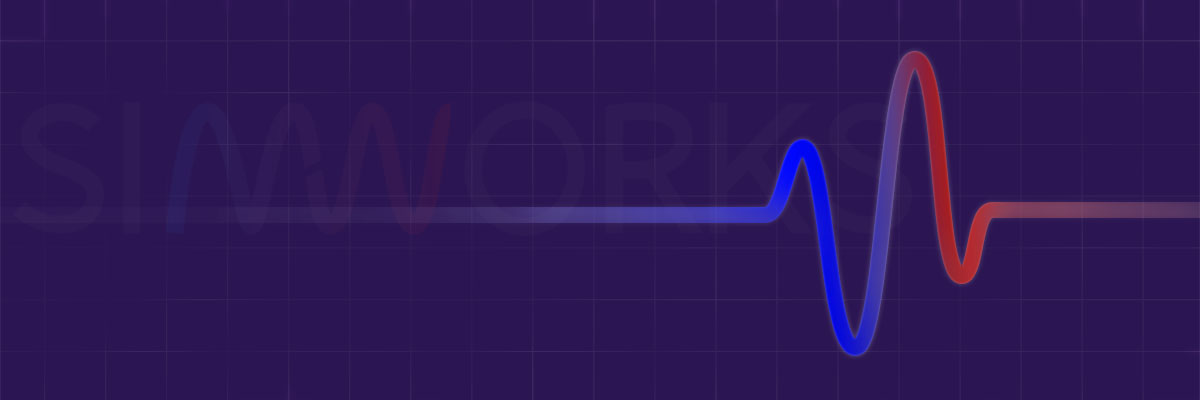In the rapid development of high-performance computing technology, it is possible to use computers to numerically solve complex electromagnetic fields and engineering problems. Simworks' timely launch of Nanophotonic Solution is an efficient, accurate, and widely applicable software platform for solving passive optoelectronic problems. From the research of discrete devices to the design of integrated systems, from laboratories to industrial products, Nanophoto Solution has demonstrated outstanding performance.
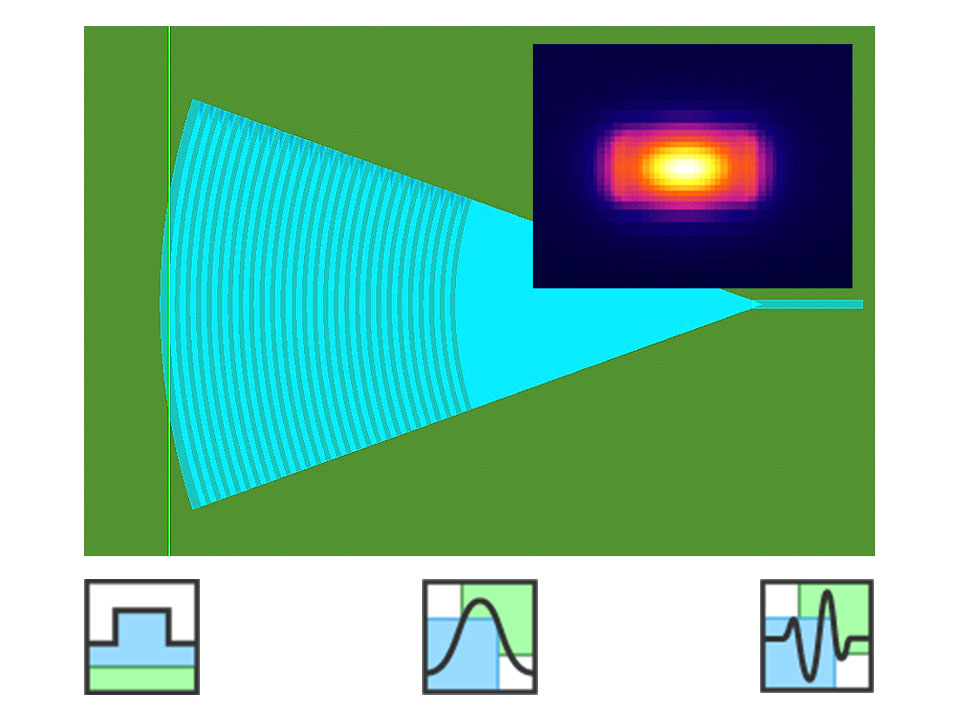
Integrating the most popular algorithms for solving passive optoelectronic problems
The algorithm supported by this software:
The Finite difference time domain (FDTD) algorithm is the most popular computational electromagnetism algorithm. Based on Maxwell's Equations in time domain, this algorithm can solve the problems of most wave bands (UV, visible, infrared, terahertz and microwave), complex structures (micro nano size or sub wavelength structures) and complex material models.
The Finite difference frequency domain (FDFD) algorithm, similar to the FDTD algorithm in principle, is the frequency domain form of the finite difference Maxwell's Equations, which is often used to solve the S parameters of waveguides, resonant cavities, scattering characteristics of anisotropic materials, and so on.
The Finite difference Eigen mode (FDE) algorithm is based on the finite difference grid and accurately calculates the electromagnetic vector mode of each grid point. It is an indispensable tool to solve the problems of large integrated planar optical waveguides, long-distance transmission devices and various new optical fibers.
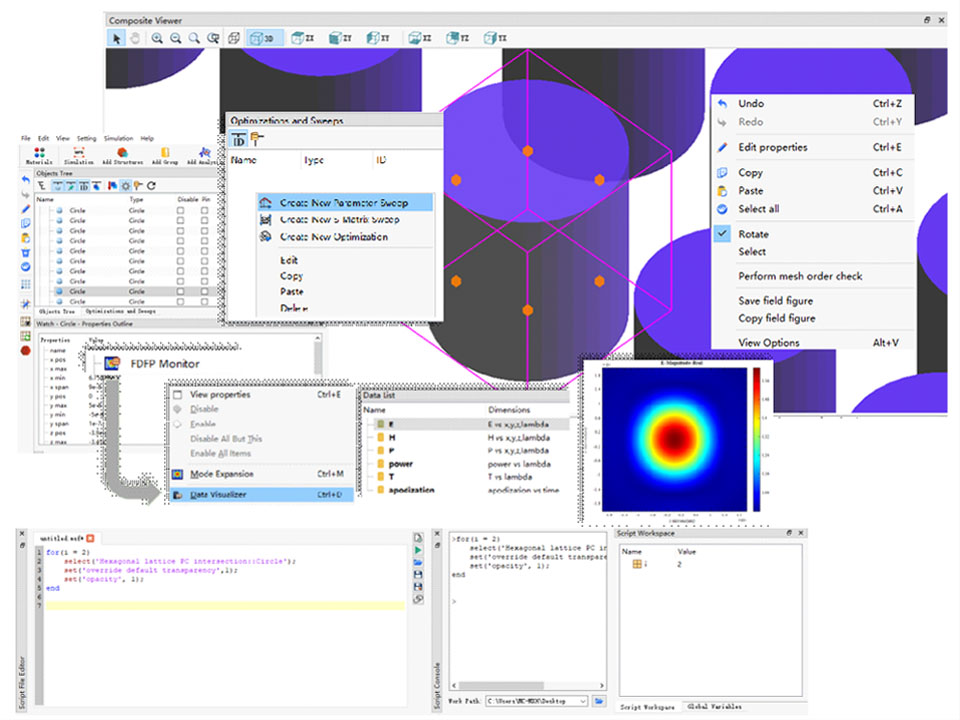
Excellent software performance
This software supports:
All algorithms are integrated in the same development environment, providing intuitive 3D CAD modeling, facilitating users to quickly familiarize themselves with entry-level software, which is conducive to modeling and problem research;
Script editor with built-in complete function library, support for matrix operations, allow for custom functions, etc., greatly expanding the software's ability to analyze and handle problems;
Parameter scanning and multi parameter objective optimization contribute to in-depth research and optimization design of problems;
GUP hardware acceleration program, MPI computing, server-side computing, cloud computing, and interaction with third parties and other technical support to improve the design efficiency of large-scale problems;
Open settings such as importing sources, self built structure (or analysis) groups, importing material data, and custom functions meet the diverse needs of different users.
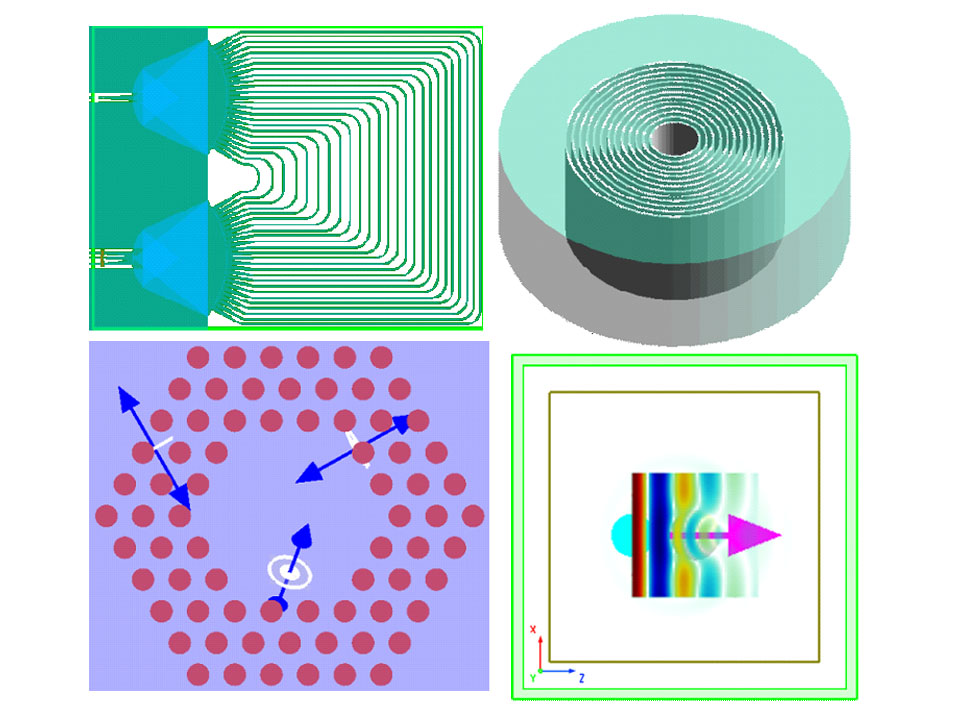
Wide application fields
The simulation fields supported by this software include but are not limited to:
Research frontiers in micro nano optoelectronic fields such as silicon-based optoelectronic devices (gratings, resonators, beam splitters/couplers, etc.), optical waveguides (or fibers), etc;
Surface plasmons, metamaterial, photonic crystals, new two-dimensional materials (such as graphene), liquid crystals and other research focusing on the interaction between light and matter;
Research in the field of micro nano optoelectronics with far-field as the core, such as optical micro antennas, surface detection, LED/OLED, scattering, etc;
Research on integrated optics such as lasers and optical switches;
Classical diffraction optical problems;
Microwave problems represented by transmission lines;
Research represented by solar cells (optical simulation part);
Other fields such as fluorescence radiation and holography;
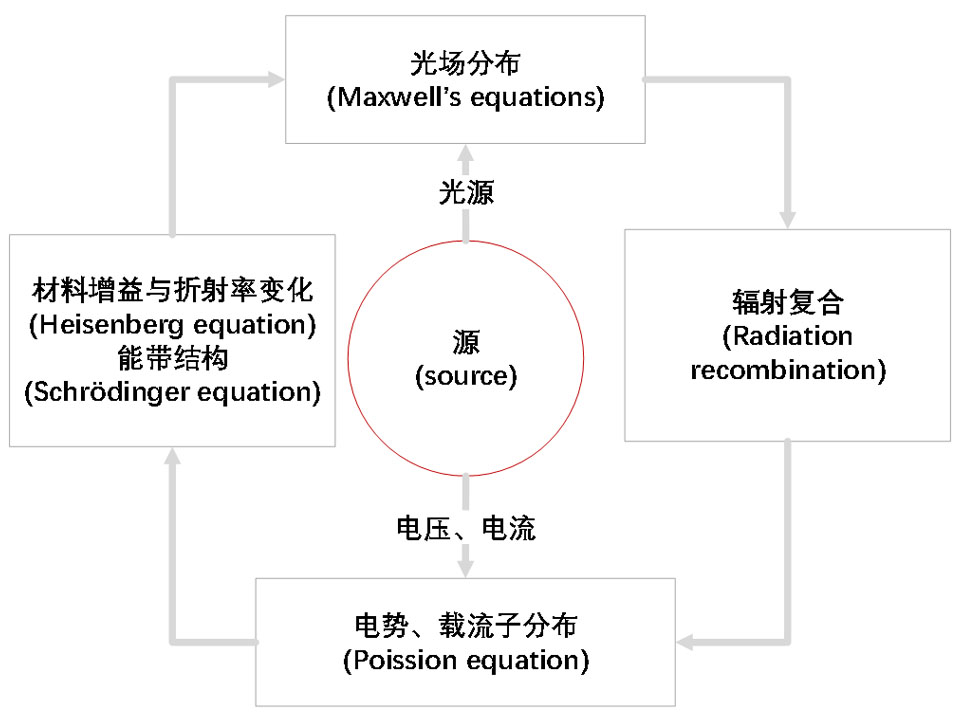
Support for joint simulation
This software supports:
Joint simulation with Semiconductor Carriers Solution (a software platform developed by our company to solve active optoelectronic problems, to be launched soon);
Collaborate with other software to simulate and exchange data through a common data format.




